
Oh, we had some fun with this activity.
To discuss word choice (particularly words of Latinate vs Germanic origins), we used the wonderful Joseph Decreux meme. This meme takes rap lyrics or other well-known quotes, and “translates” them into archaic language. Often with hilarious results.
After having a good laugh looking at some hilarious (yet school appropriate) memes, the students got their chance. Again keeping with the Hemingway theme that drove the course, I gave them an excerpt from the Simple Wikipedia entry on Hemingway. They then “translated” sections, with hilarious results.
BEHOLD!
Before: At home in Oak Park, Ernest wrote for his school newspaper.
After: In thine place of eating, resting and bladder drainage, he inked for the scholastic scroll.
Before: At home in Oak Park, Ernest wrote for his school newspaper. He tried to write like a famous sports writer, Ring Lardner, and he made his writing skills better.
After: In the vicinity of household near Oak Park, Ernest inscribed for his schoolhouse biweekly. He attempted at composing approximative to noble frolic wordsmiths, such as Ray Lardner, and in result of that improved his wordsmith trade for the worthier.
Before: In 1917, Ernest found a job with the Kansas City Star newspaper in Kansas City, Missouri.
After: In the year 1917, the Kansas City Star newspaper, abiding in Kansas City, abiding in Missouri, supplied Ernest with employment.
Before: One reporter said: “Hemingway liked to be where the action was.”
After: A single reporter aforementioned, “Hemingway enjoyed to exist approximal to the location of heated activity.”
The best part about this activity is how much Hemingway himself probably would have hated it. Teehee…
 Correct noun-adjective agreement, that’s what.
Correct noun-adjective agreement, that’s what.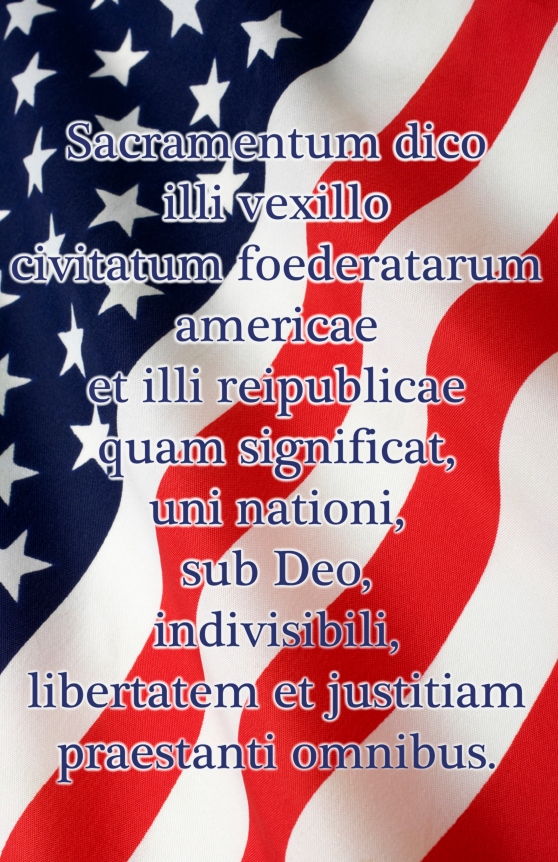
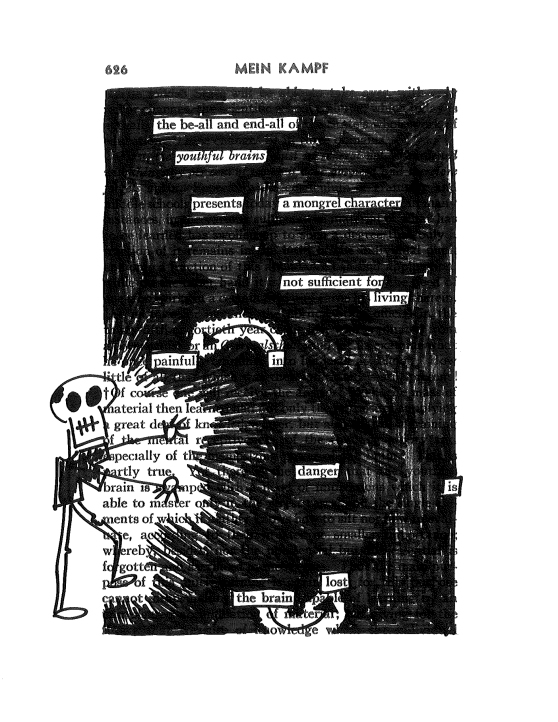
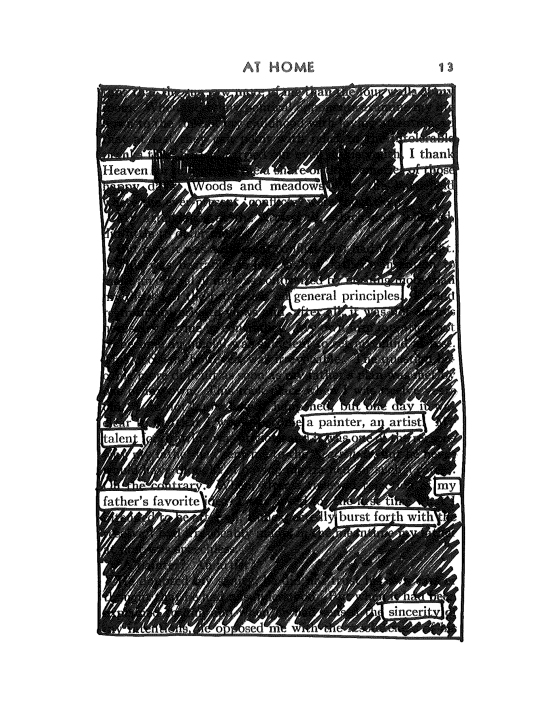
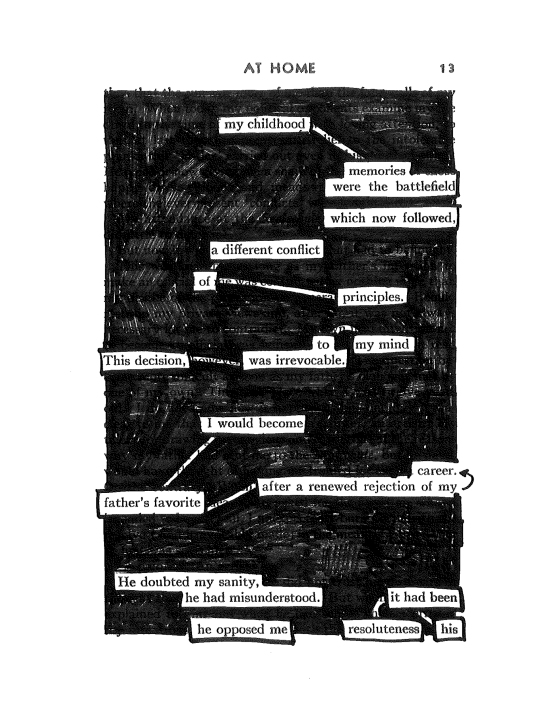
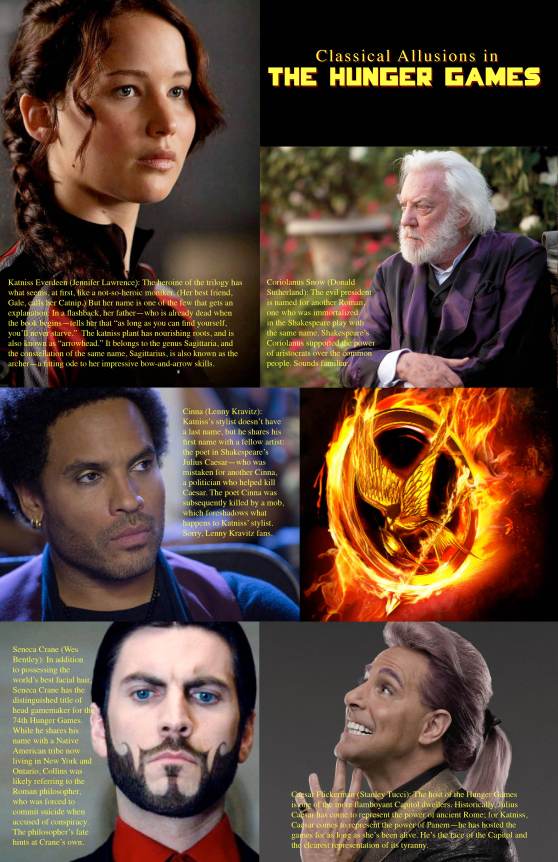
 I can’t believe I forgot to put this up here. I made another crossword puzzle a few weeks ago, something to keep kids busy while I was subbing for middle school study hall.
I can’t believe I forgot to put this up here. I made another crossword puzzle a few weeks ago, something to keep kids busy while I was subbing for middle school study hall.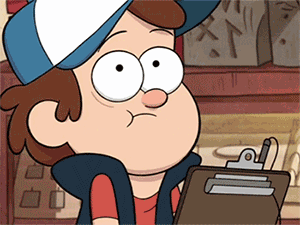
 Woo! I made
Woo! I made 
